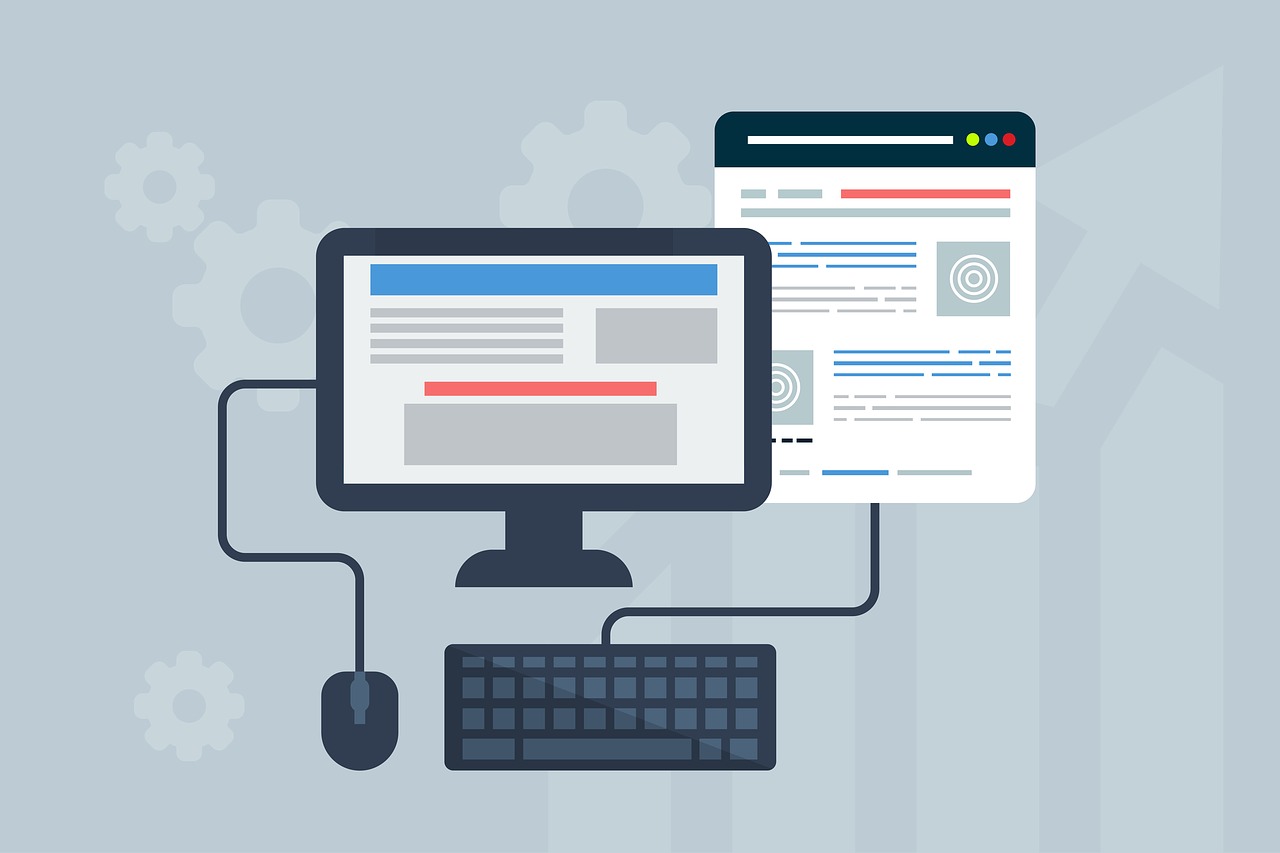How To Know If Someone Blocked You On iMessage? 5 Secret Hacks!
Apr 16, 2025

Apr 16, 2025

Apr 16, 2025

Apr 15, 2025

Apr 11, 2025

Apr 11, 2025

Apr 11, 2025

Apr 08, 2025

Mar 29, 2025
Sorry, but nothing matched your search "". Please try again with some different keywords.

In the modern world, there is an increasing trend toward utilizing application development platforms.
Previously, developers had to invest considerable time and effort into writing code to create an application. However, with advancements in technology, there are now platforms available that enable codeless development or minimal use of programming languages.
Codeless platforms refer to software development tools that enable users to build applications without writing any code. These platforms focus on making it easier for non-technical users to create software applications that can solve specific business problems.
Codeless platforms allow users to build and deploy Application Development faster than traditional software development approaches. These platforms typically provide a visual interface that allows users to drag and drop pre-built components and templates to build their applications.
This approach eliminates the need for users to have a deep understanding of programming languages and development frameworks.

Codeless development refers to the creation of applications without the need for programming languages. Instead, tools such as web application builders can be used, where users can choose appropriate blocks and elements to create an application that meets their needs.
No-code application development builders are readily available to create web applications without requiring programming knowledge.
There are several advantages of using codeless platforms for software development, including:
Codeless platforms allow users to build applications faster than traditional software development approaches.
This is because codeless platforms typically provide pre-built components and templates that users can easily drag and drop into their application development, eliminating the need to write code from scratch.
Because codeless application development platforms require less technical expertise than traditional software development approaches.
Businesses can save money on development costs by using these platforms. This is because businesses can use existing staff to build applications rather than hiring specialized developers.
Codeless platforms offer greater flexibility than traditional software development approaches. This is because users can quickly and easily modify their applications using the visual interface of the platform.
This allows businesses to quickly adapt to changing market conditions and customer needs.
Codeless application development platforms typically require less ongoing maintenance than traditional software applications. This is because codeless platforms often handle many of the maintenance tasks, such as updates and security patches, automatically.
Codeless platforms make software development more accessible to non-technical users. This allows businesses to leverage the creativity and expertise of staff who may not have a background in programming.
No-code app builders are software development tools that enable users to build custom applications without writing any code. These platforms provide a visual interface that allows users to drag and drop pre-built components and templates to create their applications.
Numerous examples of no-code app builders are available, such as:
The concept of no code or low code development has been around for decades, but it has gained more prominence in recent years with the rise of cloud computing and the growing demand for digital transformation.
In the early days of computing, programming was done using low-level languages such as Assembly or C, which required a high level of technical expertise. As computing technology advanced, higher-level languages such as Java and Python were developed, which made programming more accessible to a wider audience.
In the 1990s, tools such as Microsoft Access and Lotus Notes allowed users to build applications using visual interfaces rather than code. These tools were known as “Rapid Application Development” (RAD) tools and allowed non-technical users to build simple database applications.
In the 2000s, cloud computing emerged, and with it, a new generation of low-code development tools. These tools were designed to enable users to build more complex applications using drag-and-drop interfaces and pre-built components.
The trend of creating applications without coding is becoming increasingly popular due to the simplicity and efficiency of the process.
Such tools are not only available to professional developers but also to ordinary users, enabling them to create their web applications without requiring any prior programming experience.
It is important to note, however, that while utilizing app development platforms can speed up the process, some complex applications may still require coding.
Read Also:
Arnab is a professional blogger, having an enormous interest in writing blogs and other jones of calligraphies. In terms of his professional commitments, He carries out sharing sentient blogs.
View all Posts
How To Know If Someone Blocked You On iMessag...
Apr 16, 2025
7 Website Design Mistakes That Are Hurting Yo...
Apr 16, 2025
Programmable Dynamic SEO for Location-Based P...
Apr 15, 2025
Google Boba Game: How To Play This Fun Game B...
Apr 11, 2025
Which Is The Best Video Search Engine Of 2025...
Apr 11, 2025


